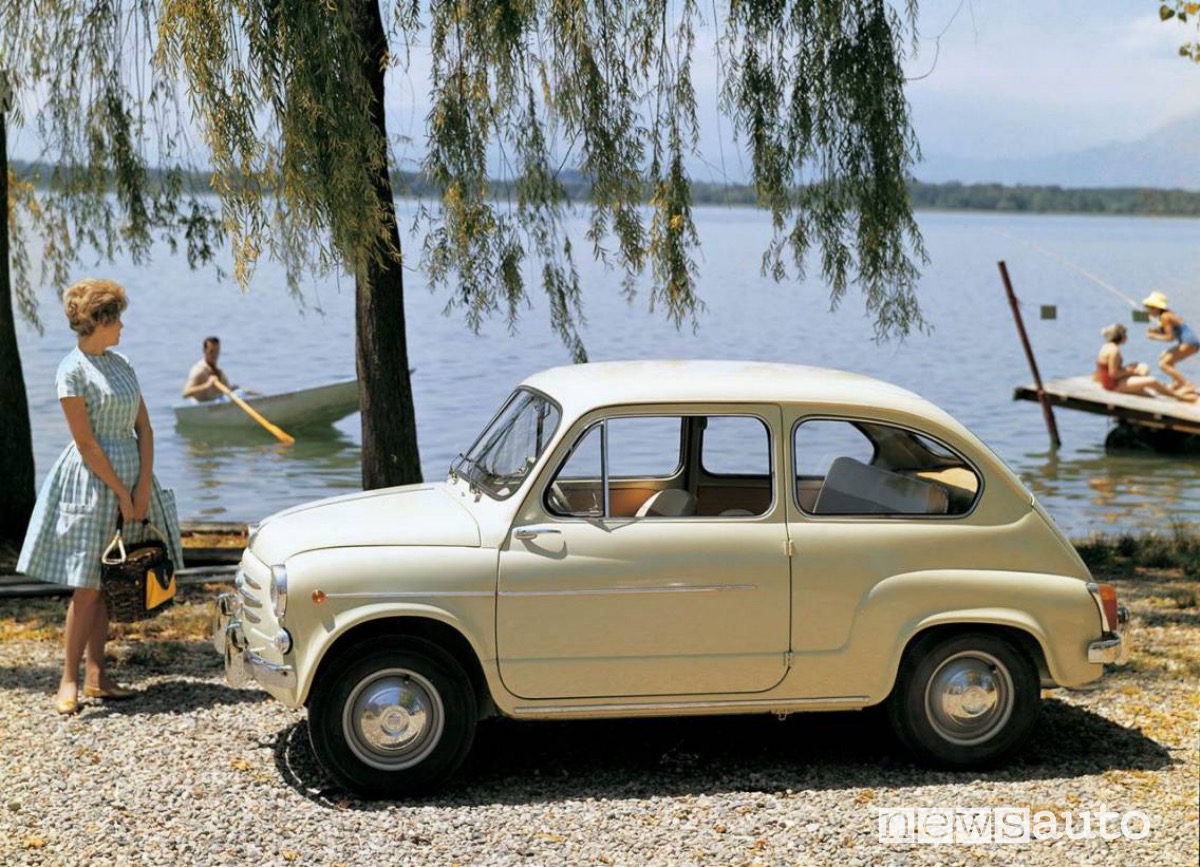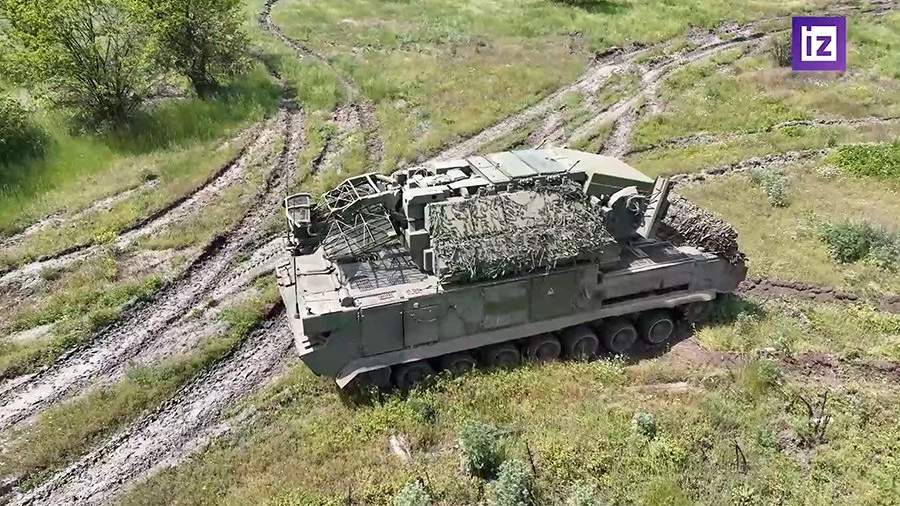There Fiat 600 born in second after warin a period characterized by Italy from the economic recovery and from one boom in consumption and travel. The enthusiasm that new road infrastructure and the economic welfare they instilled in the population, pushed Fiat to reproduce the model of “car of the people”formerly represented by Baby mouse.
The Italians saw new possibilities and new journeys to deal withwhile companies asked for durable and economic means to feed a quantity of supply never seen before.
The new vehicle for the masses was supposed to meet the growing demand in the transport sectornow open to a wider audience. For Fiat that meant offering a car that was easy to build for the company and to maintain for the owner; that he traveled 14 km with one litre and had one cruising speed not less than 85 km/h.
The “100” Project
In the 1951 came the green light from the Fiat managementunder the then president Victor Valletta. The project was entrusted to Dante Giacosa, esteemed engineer and draftsmanfather of 500 baby mouse and draftsman for Cisitalia. Thus was born the project named “100”.
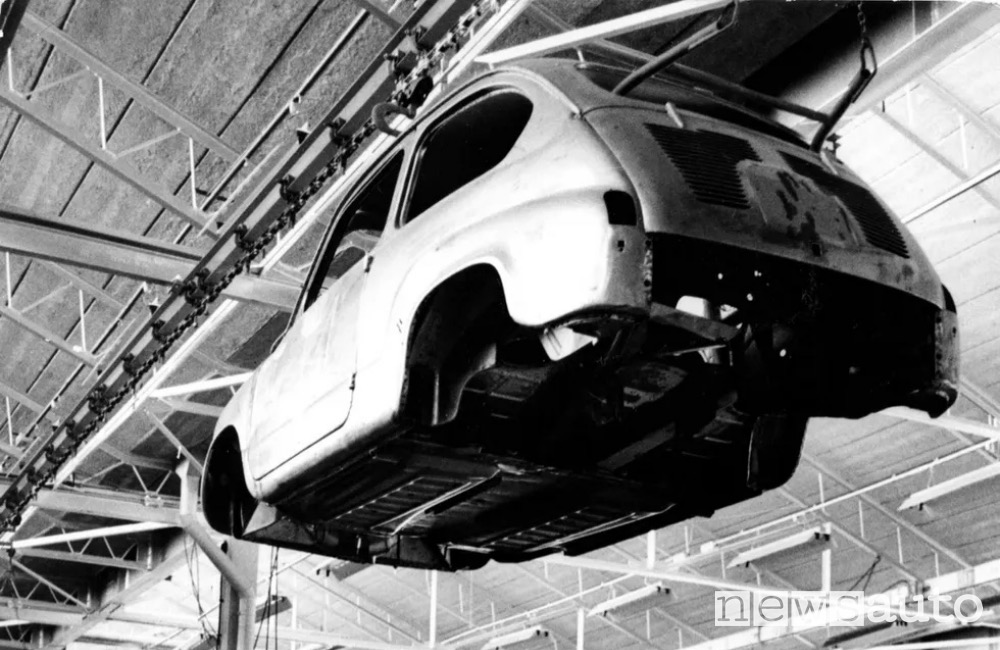
Although the economy was recovering, resources useful for production such as metals and infrastructure were still scarce due to the war that just ended. So the mastery ofengineer Giacosa he recognized himself in a rational use of materials, given the limited resourceswhich however allowed to contain the selling price.
The aluminum frame further helped to decrease the weight up to 585kg. Also interiors mirrored the values of simplicity and lightnessguaranteeing great visibility from the driving position and habitability. There Fiat 600 in fact he could transport easily four people and one piece of luggage.
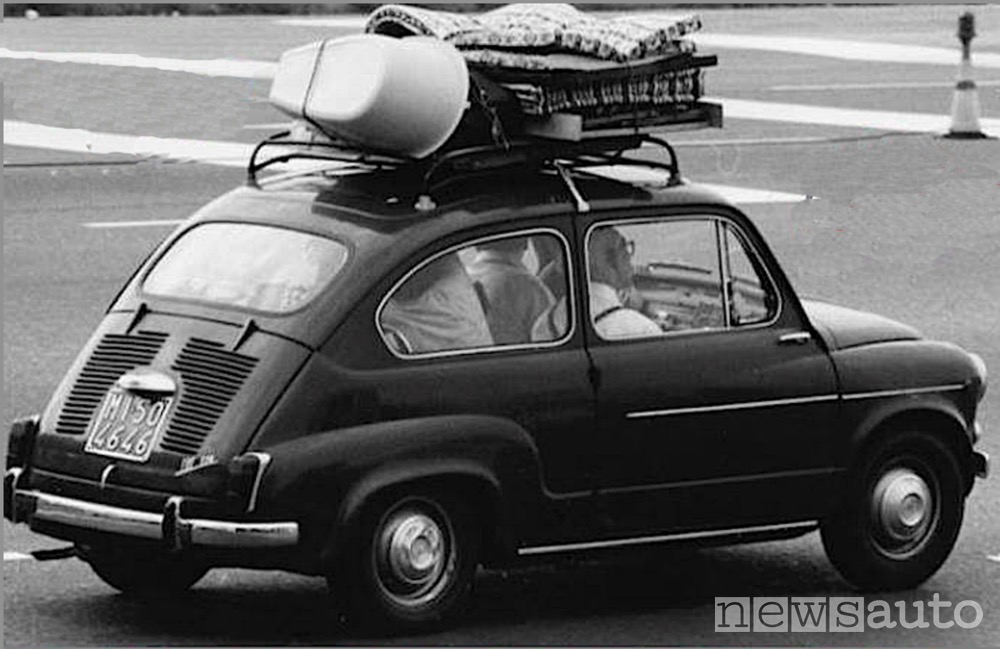
The engine of the 600
Throughout the gestation of the 600 project, there were several attempts at innovation. Initially the project was born with a engine-gearbox-drive configuration, all on the front. Already since 1952 it switched to a “all behind”. The first attempts involved a V-twin engine of 570 cm³ with air coolingcombined with a semi-automatic gearbox.
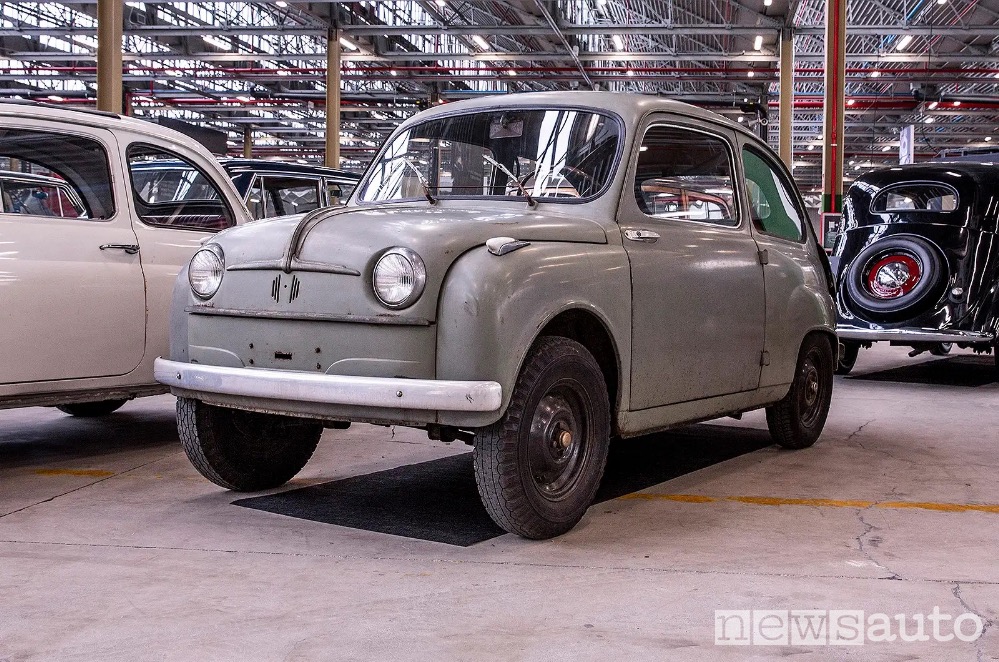
Later though the choice fell on a newly designed engineprecisely called “100”. It was a 633 cm³ in-line four-cylinder, water-cooled. This engine allowed the Fiat 600 to reach 95 km/h with a maximum power of 21.5hp to 4,600 rpm. The main feature was the engine block same, that instead of being split into 4 parts and then welded, it was one piece.
It was all paired with a semi-synchromesh 4-speed gearbox. Indeed the classic “double” era necessary only when passing between the first asynchronous gear and the second. This to further facilitate driving the Fiat 600.
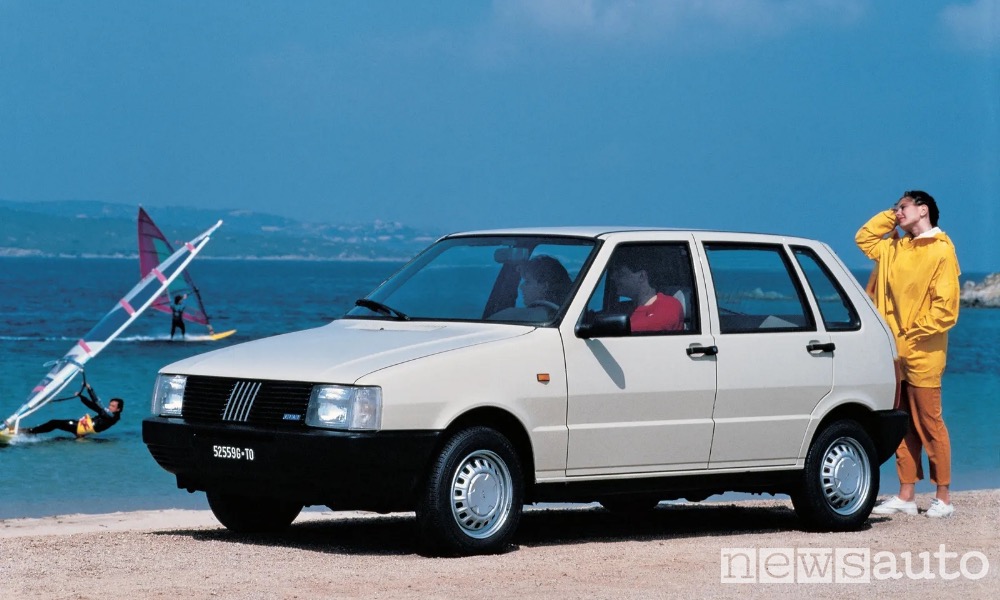
To contextualize the success of the engine named “100”, just think that it was reusedwith adjustments in volume and technical updates, on all small cars of the Turin brand up to the Fiat Uno (start of production 1983).
Impact on the market
At the presentation of the car, on March 9, 1955 at the Geneva Motor Show, Dante Giacosa She said: “We have tried to do something new, both for the sake of progress and to find ever simpler solutions”.
This was noticed and appreciated by the public. Indeed despite the price of 590,000 Lire was not the cheapest, i.e. the equivalent of 10 wages as a worker or 8 as an employee, Fiat he still managed to easily sell the new vehicleby leveraging theexcellent value for money.
The Italians thus acquired the possibility of being able to move freely within a country increasingly rich in infrastructure and fervor. For many it was the first real small car and this brought it right into the hearts of the Italians themselves.
However its accessibility made it also appreciated in the racing world. In particular the model with 850 and 1,000 cm³ engines prepared by Abarth they did well in tourism and rallies. Even today many of them can be encountered in uphill time trials or in historic gatherings.
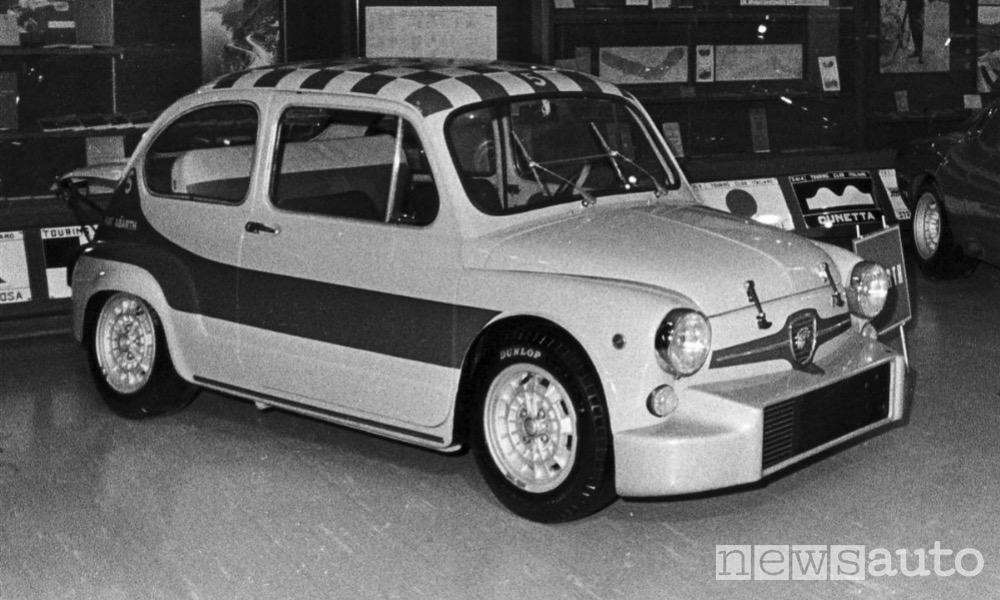
At the end of production in 1969Fiat had sold over 2.5 million specimens. To these must be added others 2.2 million produced under license from Seat e Zastava.
Fiat Seicento (1998-2010)
The Fiat 600 name returned to the market in 1998this time in written form “six hundred” and under the guise of a real one super-utility. Except, however, go back to numerical nomenclature, on the occasion of the fiftieth since the debut of the old 600 in 2005.
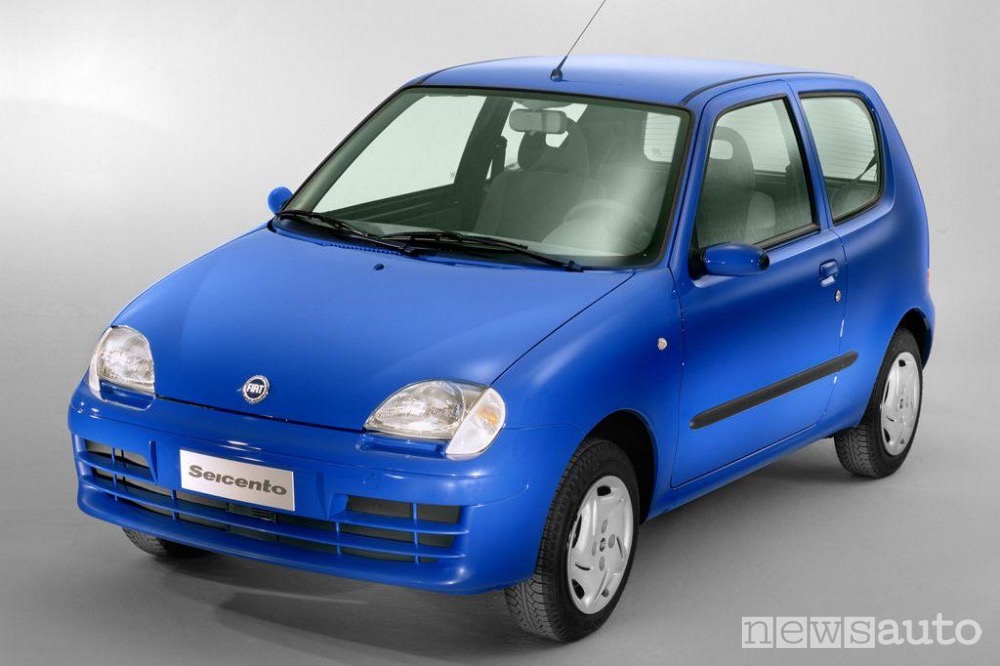
The basis of Six hundred was that of Five hundred which preceded it, with which it also shared some of the powertrains. In fact, it had an engine of 899 cm³ with 39 HP or 1.1 cm³ denominated “Fire” from 54 HP.
The design was entrusted to Luciano Bove And Luciano Speranza of the Fiat Style CentreThat rounded shapes compared to Five hundred, thus making it more modern. Interiors instead they were cured by Joseph Bertoluzzo.
Despite the modest performance it still remains a car loved by many it’s still used in some sports fieldsespecially the much sought after ones Sporting. In total indeed over 1.3 million cars were produced.
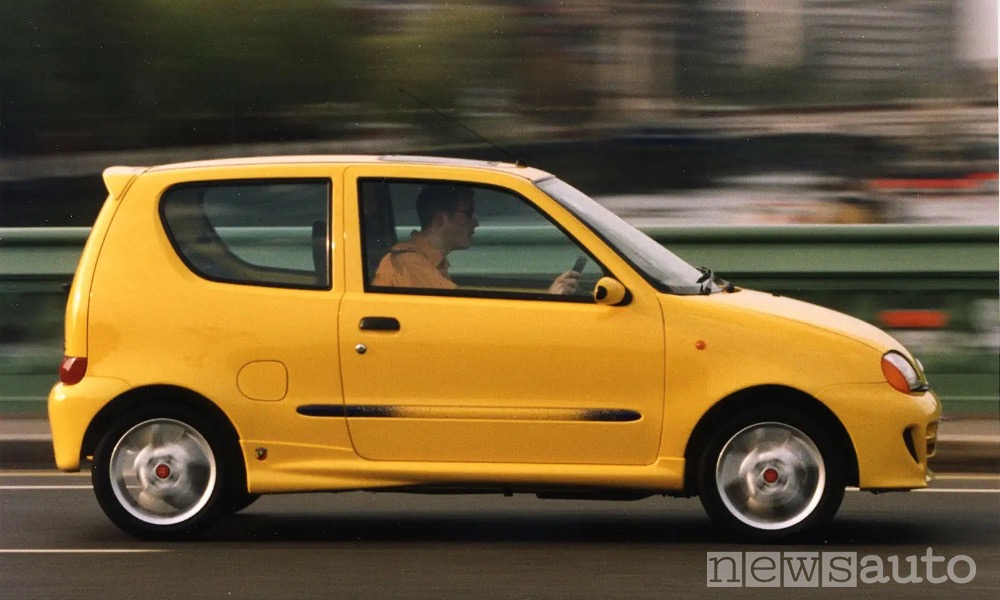
The new Fiat 600 (2023)
In the 2023 seems to be the name 600 reappeared, of which images are beginning to be found on the web. Also in this case will replace a 500, the 500X. It will be based on the same CMP platform already in use onAvenger Of Jeepsand how the ancestor will position itself in the most coveted market segment of the moment: compact SUVs.
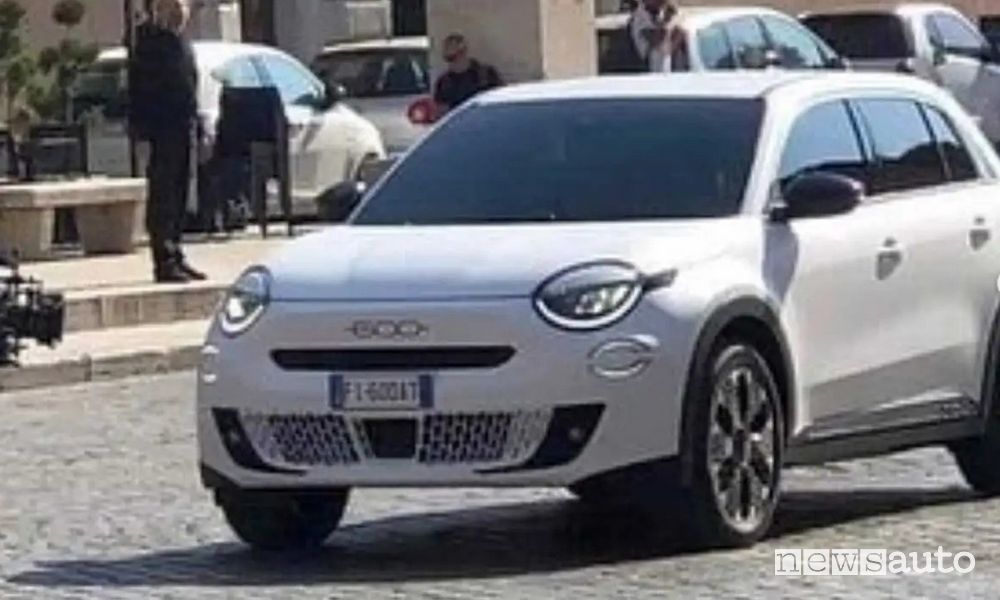
Like the brand’s sister Jeeps, the 600 will also be available in a hybrid version. Given the size it could be more compared to the old one 600 Multiple. The launch of the car itself will either confirm or deny speculation, but meanwhile here is the last sighting of the 600 in Rome.

👉 Curious news about cars
👉 All about car technique
👉 Free time what to do
COMMENT WITH FACEBOOK
#Fiat #story
